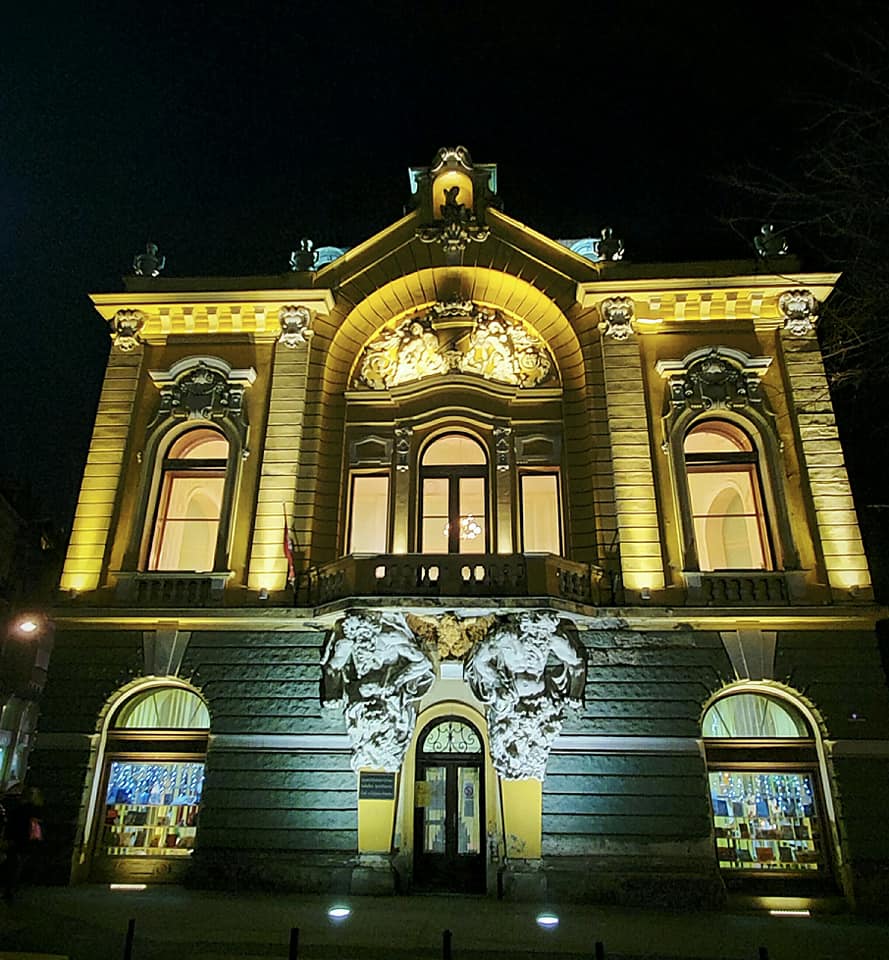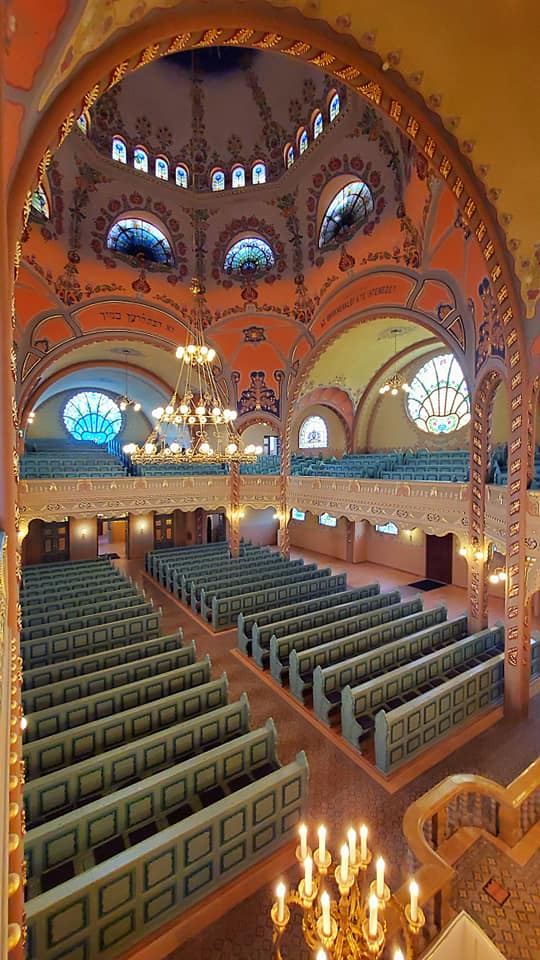The Treaty of Trianon brought about as many problems as it tried to solve. It was a consequence of the First World War and helped lead to the second one. Austria, Czechoslovakia, and Yugoslavia all gained territory at Hungary’s expense. This led to resentments and recriminations, some of which have survived for over a century and still rise to the surface today. Thankfully, membership in the European Union for all the successor states, except for Serbia, has guaranteed minority rights and led to peaceful resolution of disputes. There is also the factor of time. Trianon is now over a hundred years old. While time does not heal all wounds, it tends to soften them.
By the standards of the troubles that Trianon spawned, the ones it caused me while I developed my itinerary for the lost cities beyond the borders of Hungary was relatively minor. Despite my irritation, the exercise offered a lesson on how the legacy of Trianon continues to manifest itself in the present. The treaty created the obstacle course of borders that are still logistically difficult to navigate. That is nothing compared to the border problems that ensued after Trianon went into effect. Having crossed all the borders at one time or another in my travels, I still cannot help but wonder why peoples and nations that have so much in common insist on making it hard on one another. Of course, that is easy for me to say since I do not have the historical or personal experience of the inhabitants.

Set in stone – Border marker between Hungary and Romania (Credit: Kelenbp)
Historical irony – Hungary For Hungarians
Like all treaties, Trianon had good and bad sides to it. How one feels about it depends on which side they are one. Hungarians detest it. Romanians, Slovaks, and to a lesser extent Serbs view it as historical justice. Oddly enough, Hungarians did benefit from it in one respect they tend to overlook. What was left of Hungary became much more ethnically Hungarian. The aftermath of World War II made that even more so when Hungary expelled its ethnic German community. In the Hungarian administered half of the Austro-Hungarian Empire the only way Hungarians could make up half the population was by counting the Jewish inhabitants as Hungarians. With World War II wiping out Hungary’s Germans and Jews, the country became overwhelmingly Hungarian. This consequential legacy was unintended and can be traced directly back to Trianon. It has proven to be long-lasting.
Hungary was always going to be first and foremost for Hungarians. Trianon made it even more so. This was a case of “be careful what you wish for because you just might get it.” Hungarians got a homogenous state. The drawback was it happened to be much smaller than what they would have ever imagined. No Erdely (Transylvania), no Felvidek (Upper Hungary, i.e. Slovakia), no Ujvidek (Vojvodina/northern Serbia). Hungary without minorities (other than Roma) is an historical irony. Trianon was the start of a homogenization process that lasted another twenty-five years in Hungary. This is an uncomfortable and irrefutable truth. And like all historical truths, it is not black or white, it is grey. No one in Hungary will ever be celebrating Trianon. How could they? But an acknowledgement that the treaty inadvertently led Hungary to become a more cohesive state would go some way in mitigating the resentments that do not benefit anyone, most of all Hungarians.

Come together – Romania Border Monument at the tripoint with Hungary and Ukraine (Credit: Barry 432)
Direct Descendants – Controlling The Border
The borders created by Trianon are both an inhibiting factor and opportunity for me. They make travel more time-consuming and at times, outright intimidating. Who among us wants to stare into the placid eyes of a border officer that is as close to a direct descendant of Trianon as I will ever find. Without the treaty, they would not be standing their nation’s ground. They are the ultimate arbiters of who can or cannot pass. It is that simple and incredibly complex. Where else can I visit seven cities in six countries that all have a historical link to the same neighboring country? Cities that are at most an hour away from the border by car. Near and yet so far away.
The most unnatural of borders have stood the test of time and the tempest of war. While the changes that buffeted Eastern Europe since World War One have been mind boggling, Trianon’s detested and contested borders have remained largely the same. The Second World War could only alter the new status quo for a handful of years. The borders have been permanent since then. Hungarians like to lament that they are the only country that borders itself. That depends upon one’s perspective, and their perspective is understandably Magyar centric. My perspective is that of the tourist spying an unprecedented opportunity to step between past and present. I can think of no better place to understand the First World War’s enduring legacy than crossing the borders imposed by Trianon and discovering the lost cities that lie beyond them.

Past & present – Along the Hungary-Serbia border (Credit: Andrea Schmidt)
On The Same Side – Unbreakable Connections
The idea of the lost cities is fascinating for an outsider, maddening to a Hungarian, and off putting to their current inhabitants. The consternation caused by Trianon still exists today. The shooting and shouting may have ended, but rest assured there are millions still coming to terms with the treaty’s ramifications. The ancestors of those who left the lost cities and the current inhabitants whose ancestors came to inhabit them will be forever connected by an historical event that had nothing to do with them and still has everything to do with them.
It is much easier for me as an outsider to set aside the consternation that comes with the treaty. Oddly, I have a reason to be grateful for Trianon. Without it, there would be no lost cities for me to visit or an itinerary to develop. That may sound selfish, but that makes it no less true. Trianon was the cause and consequence for planning such a trip. It connects all the lost cities together. For all their differences of language, economies and culture, the lost cities are forever bound together by a shared fate. There is no way they can escape this history. Eventually it comes for everyone on either side of the border.
Click here for: Chaotic Conclusions – The Right Side of the Border in Historic Hungary (The Lost Cities #14a)



























